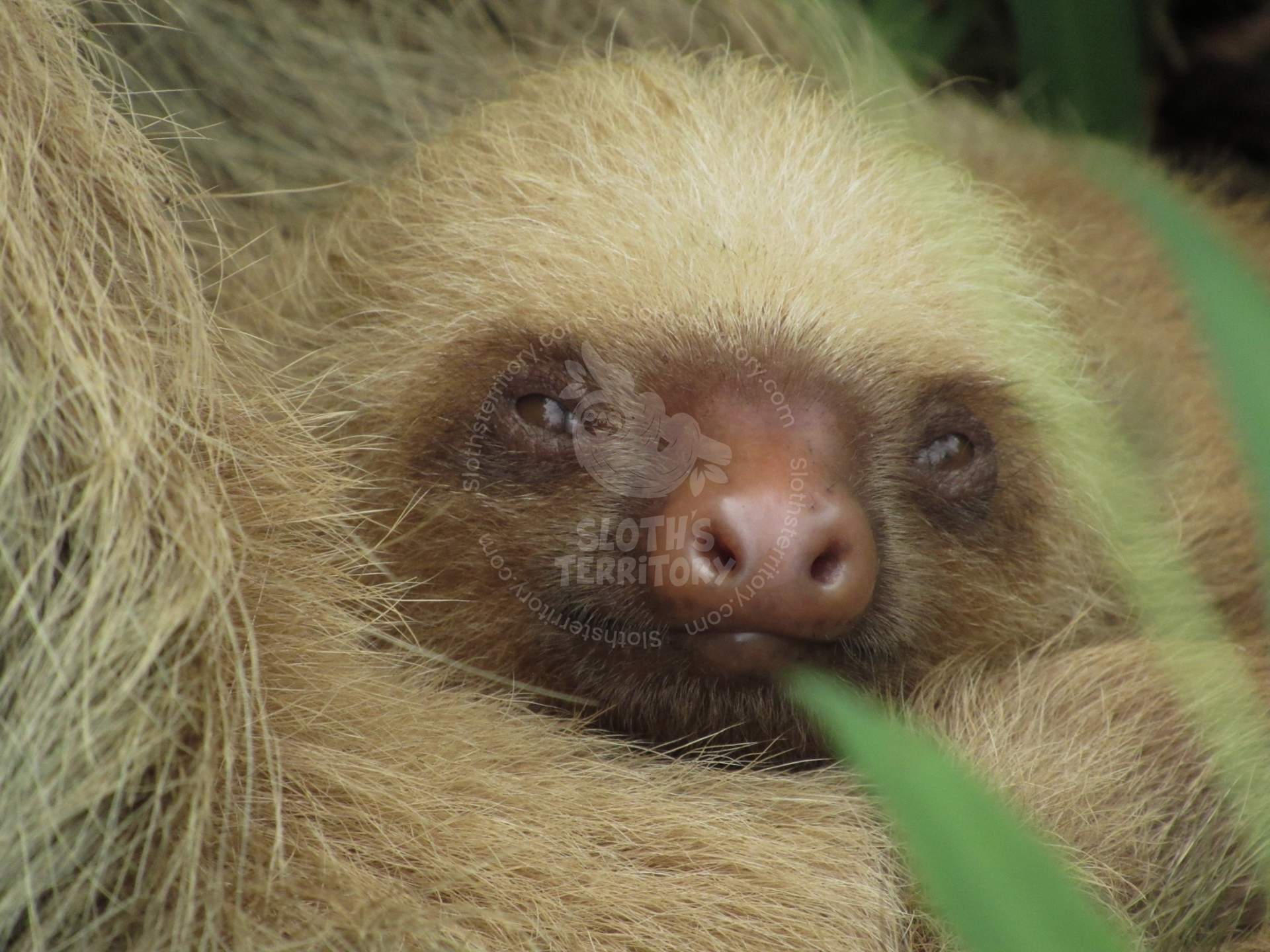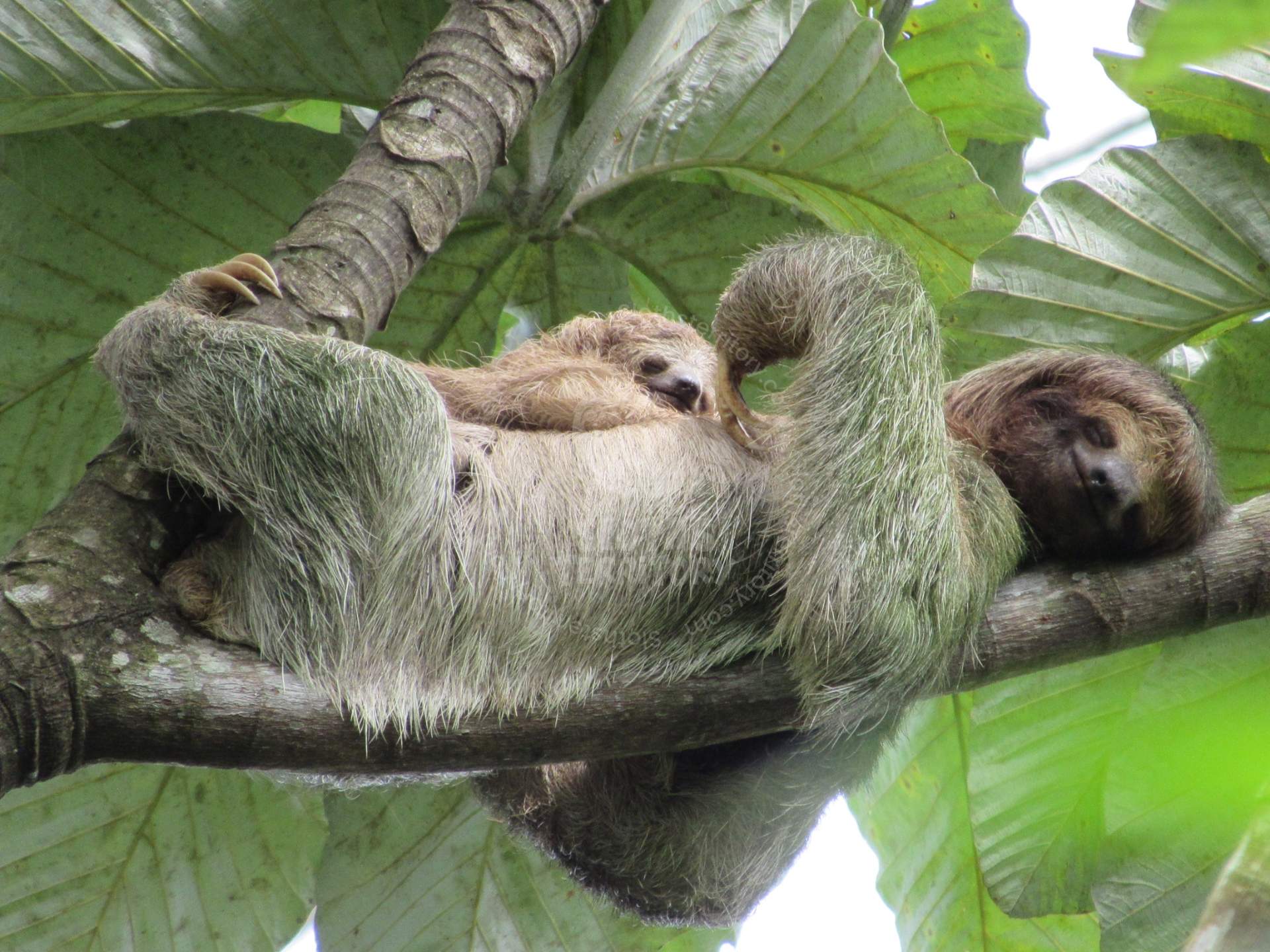
Ultimate Guide: How to Tell Two-Toed and Three-Toed Sloths Apart
Costa Rica is home to two of the world's six sloth species: the three-toed sloth (Bradypus variegatus) and the two-toed sloth (Choloepus hoffmanni). Although both share a relaxed lifestyle, they have fascinating differences. Knowing how to tell them apart will enrich your experience and allow you to appreciate our country's incredible biodiversity even more. Let's start with the keys to identifying them!
To become a good observer, you need to focus on specific details. At first glance, it can be difficult, especially if they are high up in a tree. However, with this guide, you will learn to identify key features that will reveal which species you have encountered. Here are the most important points to compare.
"Look deep into nature, and then you will understand everything better." - Albert Einstein
This is the most obvious difference, but with a catch. The three-toed sloth has three claws on its front and hind limbs. The two-toed sloth has two claws on its front limbs, but three on its hind limbs! Therefore, the key is to always look at the 'hands' or forelimbs.
The three-toed sloth has an unmistakable face with coloration that looks like a dark 'mask' around the eyes and a permanent 'smile'. The two-toed sloth has a more uniformly colored face, larger eyes, and a snout that is slightly reminiscent of a pig's, without the distinctive mask.
The three-toed sloth is primarily diurnal and much more selective with its food, feeding almost exclusively on the leaves of a few trees, such as the Guarumo. The two-toed sloth is nocturnal, more active after sunset, and has a much more varied diet that includes leaves, fruits, and even small insects.


An incredible and almost impossible-to-see-from-a-distance curiosity is their neck. The three-toed sloth has 9 cervical vertebrae (compared to the 7 in almost all mammals, including us), allowing it to turn its head up to 270 degrees. Like an owl! The two-toed sloth has a more conventional 5 to 7.

Now that you know the key differences, you are ready for your next jungle adventure. Remembering these details will give you a new perspective when observing these wonderful creatures. The best way to test your new knowledge is, of course, to see them in their natural habitat. Join one of our tours at Sloths Territory, and we will help you find them and admire their uniqueness in person!